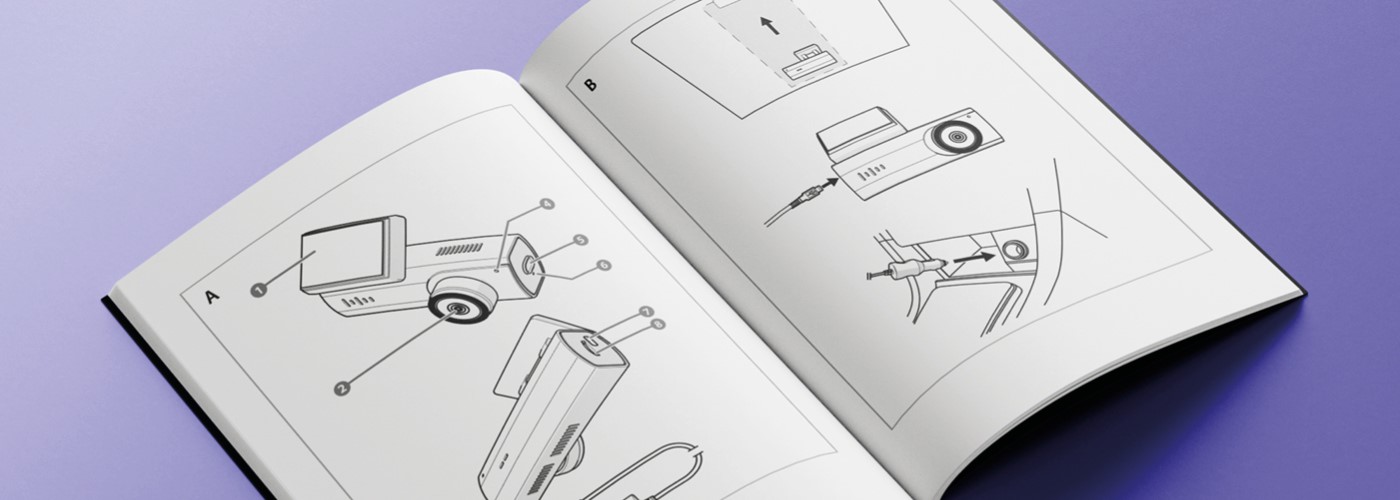Navigation
Virtually no Chinese manufacturer have ‘ready made’ technical files
A few years ago I met a client in Hong Kong. They were a group of investors, looking to source LED lighting manufacturer, for sales in the European Union. A key criteria when sourcing suppliers was that their products are fully compliant with all applicable EU regulations.
In other words, the products must have passed lab testing, come with CE marks and a complete technical file. The latter shall at least include a bill of materials, PCB drawing, packaging artwork and a declaration of conformity. But our customers had found a shortcut. Somehow, they managed to identify a supplier in Ningbo, China, manufacturing LED bulb lights for IKEA.
If they’re making products for IKEA, their products must be full compliant. Right?
At least that’s what the client thought. And for a while, so did I. Our job was simple. Contact the supplier, request the technical file and wait for them to submit the documents. That’s exactly what we did. After a few phone calls with the factory in Ningbo, it turned out that they didn’t have a single document. Not a single RoHS test report. Not even a Bill of Materials to share. In other words, they didn’t have anything that even resembles a technical file.
How can IKEA buy from a supplier that is obviously non-compliant?
Well, because suppliers can’t actually be compliant. The way it works is that the buyer provides the design drawings, bill of materials and PCB schematics to the supplier – which then just assembles the product. In other words, this supplier didn’t even know what a technical file is. IKEA managed that part on their own.
Suppliers don’t have technical files. It’s up to the Importer to sort it out.
This situation happened a few years ago. The client eventually gave up, because they didn’t want to invest time and money into creating a technical file on their own. Not to mention the cost of lab testing.In 2018, this is still the situation. We do supplier screenings every month, and we have never ever found a supplier with a complete technical file. When you think about it, it’s not that strange. Why should a supplier invest time and money into developing compliant products, create a technical file and spend money on lab tests – only to wait for buyer’s that will only pay factory prices? That makes no sense. There are Chinese companies that does that, such as Xiaomi and Huawei, but they launch their products directly in Europe. When you buy OEM or ODM (Private Label) products, it’s your job to manage the compliance process, including creating the technical file.
Get ready to ‘reverse engineer’ the product
We still see an increasing number of EU businesses importing private label products. These products are essentially developed by the Chinese supplier. Still, they virtually never have ‘ready made’ technical files.
So what can you do if you find a product at a trade show that you really want to import?
You need to compile the technical file on your own, but with the suppliers help. In order to create a technical file, you need design drawings, bill of materials and PCB schematics (for electronics). Yet, many suppliers are very hesitant to provide such documentation. Especially if you have never placed an order before. Hence, your only option may be to recreate the bill of materials and design drawings, based on product samples provided by the supplier. Either way, don’t count on the manufacturer to do it for you.
Then there’s the product safety issue
A CE mark and a technical file will not magically make the product become technically compliant with all applicable safety standards. The the Low Voltage Directive for example. Most suppliers in China don’t even know what the LVD is. An even smaller number of suppliers can make products that comply with LVD. This is not so strange either. The EU is one of many markets. Not every supplier exports to the EU, but focus on domestic customers, or developing markets in Asia and Africa. Why should these suppliers develop products that comply with LVD? I’d say that less than 10% of the suppliers, in most industries, can comply with EU directives.Before you select a supplier, you must verify if they have existing test reports from previous orders. That way you can at least filter out suppliers that have never made products for the EU market. Still, a test report is not valid for all products, and it’s not a substitute for a technical file.
A hands on approach is required
It would be amazing if every single supplier in China, and other developing countries, had a complete technical file for every product. That is, however, never going to be reality. The day Chinese suppliers are actively ensuring compliance with EU regulations, they will themselves be in charge of launching products in Europe – and reaping the rewards of cutting out the Importer. As an Importer, you are in charge of creating the technical file yourself. This also applies to labeling requirements and manuals.
Learn more about EU product compliance when importing from China
Product compliance is complex enough as it is. Throw China into the mix and it might seem impossible to get it right. At Chinaimportal.com, we provide a free platform, that enables businesses to manage the entire importing process on their own. You will get access to tutorials, document templates, lab testing booking and quality control bookings – all from on Dashboard. You can learn more on https://www.chinaimportal.com/all-categories
